Recanati. The church of Santa Maria di Montemorello
2022
The church of Santa Maria di Montemorello is located in Recanati. The church has a certain notoriety for being the parish of the Leopardi family, where the poet Giacomo Leopardi also went to pray.
You may also like

2023
Ascoli Piceno, Marche. The Cathedral of San Emidio
The city's cathedral, dedicated to the patron saint, stands on the site of a Roman public building, perhaps the Basilica del Foro, and is the result of multiple construction events that substantially range from the 11th to the 16th century. The main facade created by Cola dell'Amatrice opens onto Piazza Arringo, while the two side facades date back to the end of the 15th century. The interior, with three naves divided by polygonal pillars, from the end of the fifteenth century, houses, among the various works, in the central apse a late Gothic wooden choir from the first half of the fifteenth century, a wooden pulpit from around 1660; in the Chapel of the Sacrament the Polyptych of Sant'Emidio by Carlo Crivelli, the imposing decorative cycle by Cesare Mariani, and the crypt of Sant'Emidio, built in the mid-11th century which houses, in a 4th century sarcophagus, the relics of the patron saint of the city.
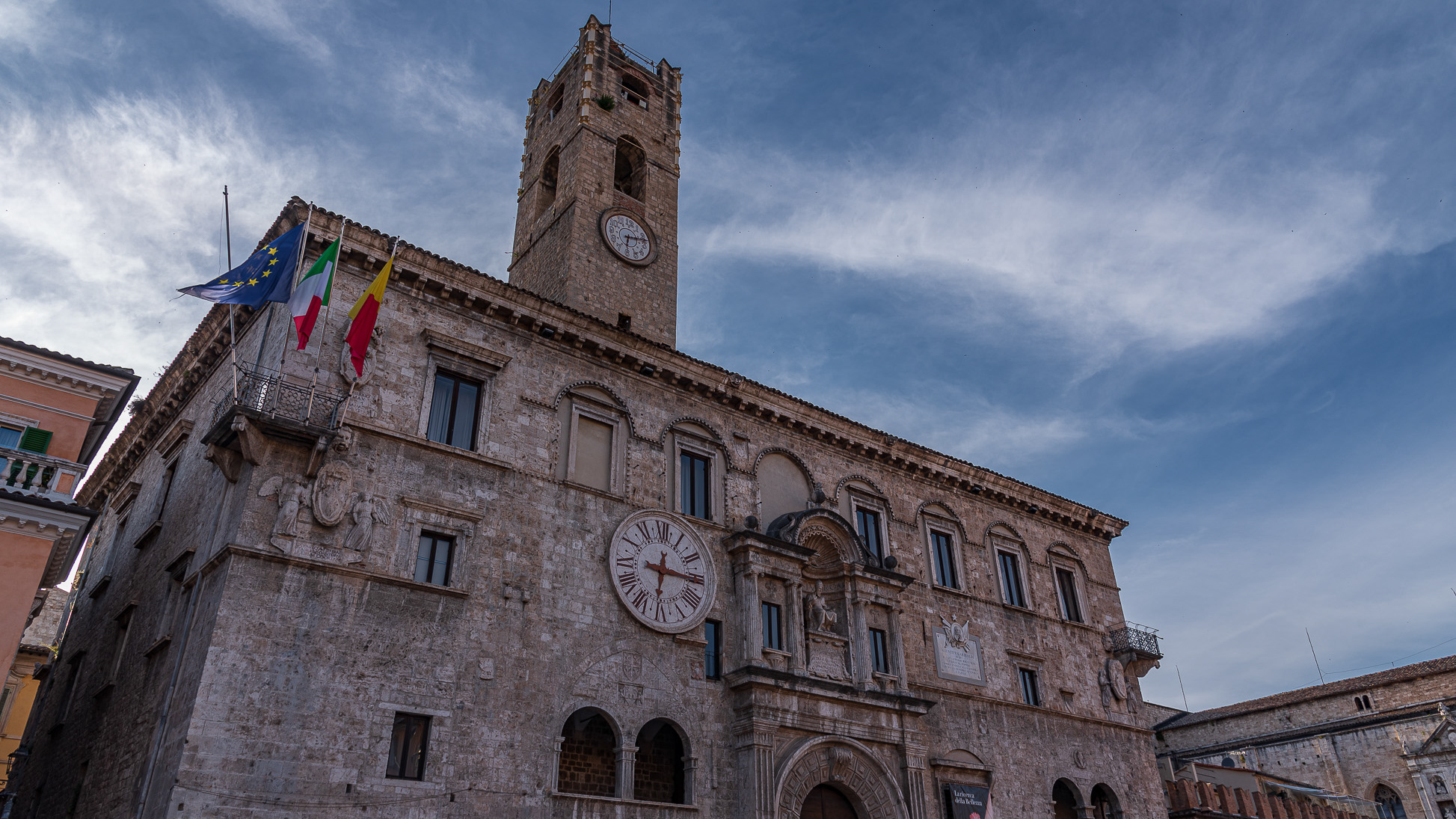
2022
Ascoli Piceno. The Palazzo dei Capitani del Popolo
Overlooking Piazza del Popolo, it stands out for its elegant medieval crenellated tower next to the historic Meletti café. Built between the 13th and 14th centuries from the union of three small buildings separated by two rue, one of which was equipped with a tower which was later reused, it was remodeled following the fire that almost entirely destroyed the interior in 1535. The central portal, preceded by a staircase and surmounted by the monument to Paul III, the courtyard with three orders of loggias and the staircase, the latter built by Camillo Merli around 1550, date back to that period.
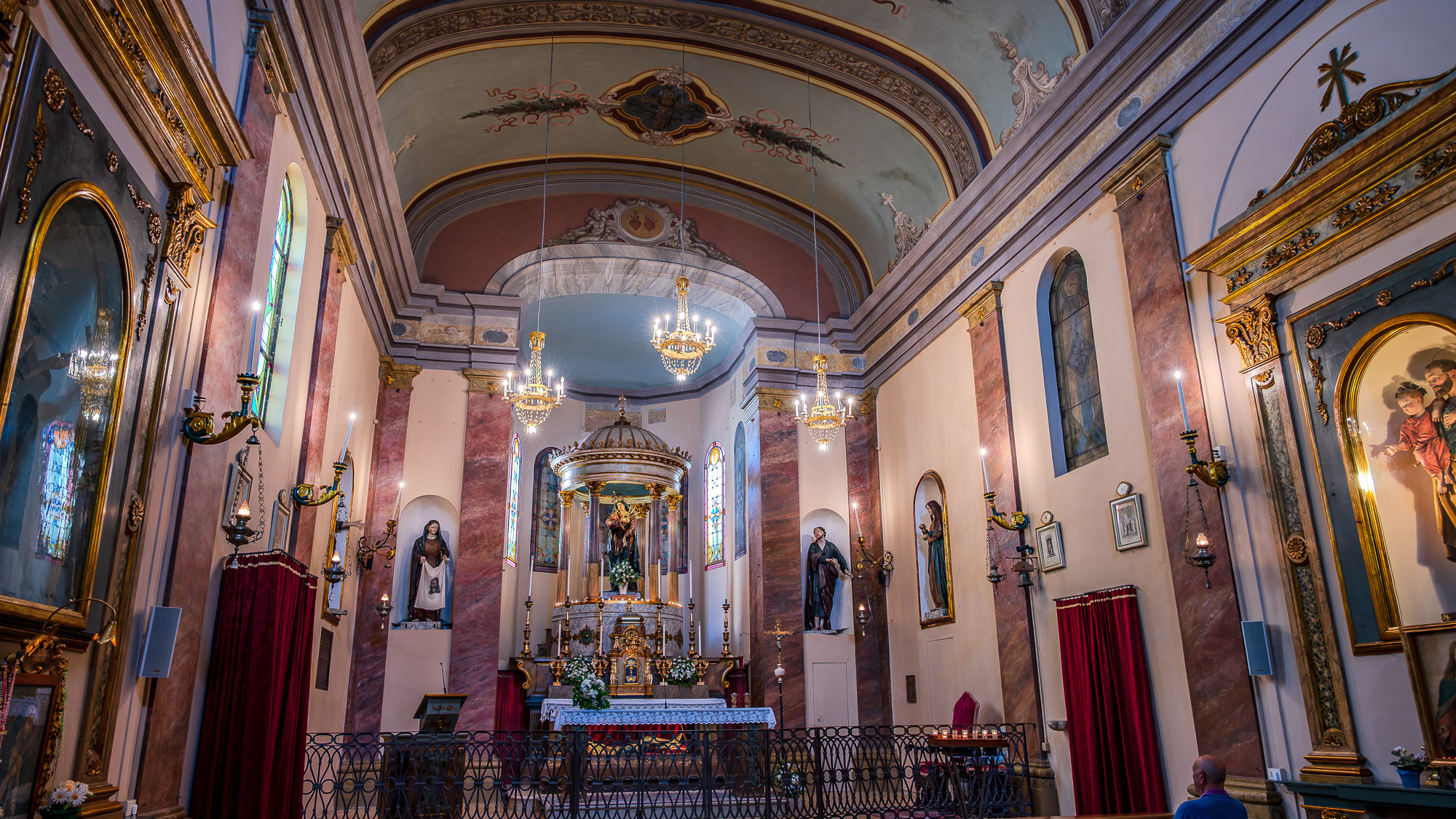
2025
Offida. The church of the Addolorata
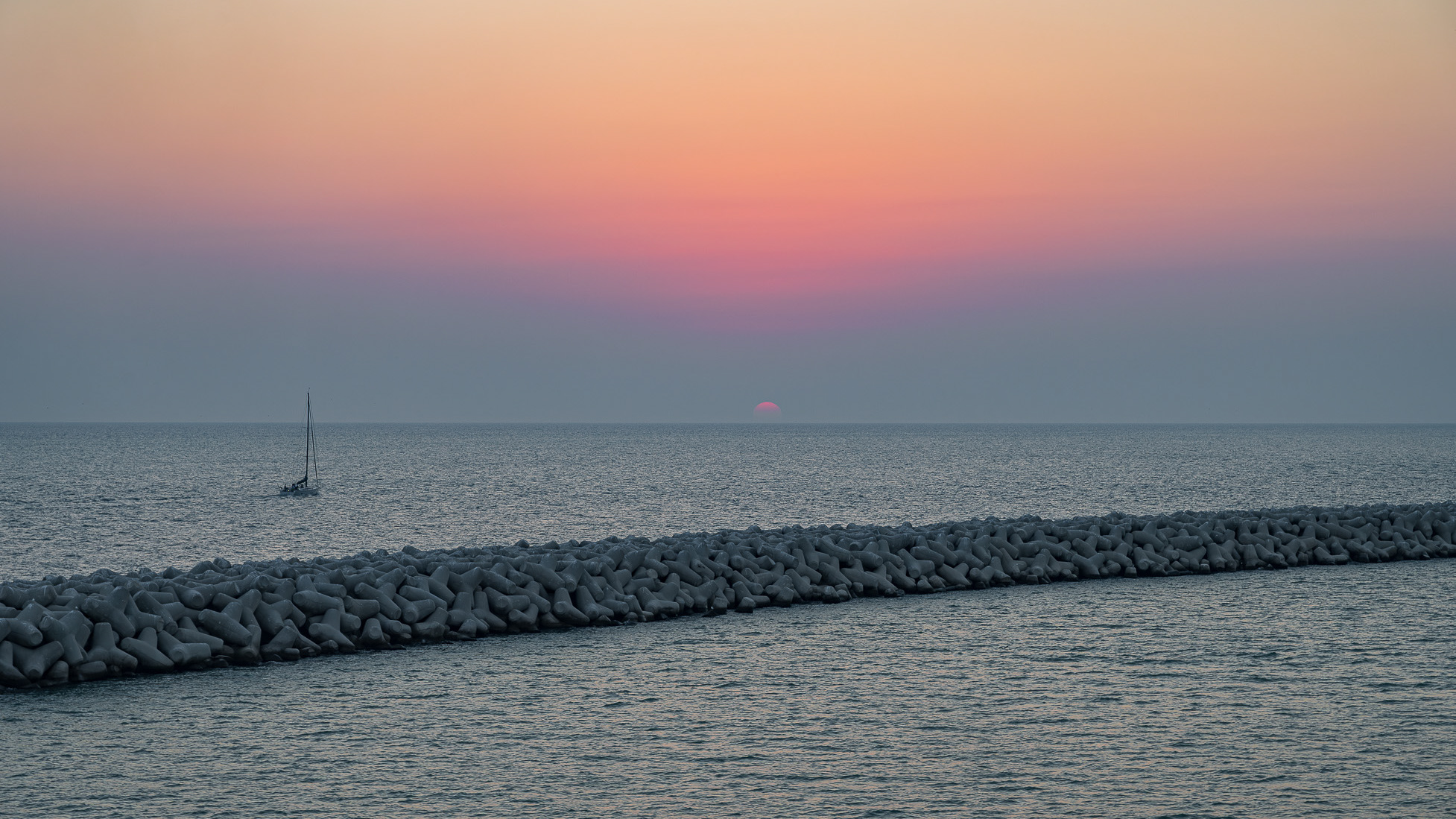
2023
Ancona. Glimpses of summer and sunrise
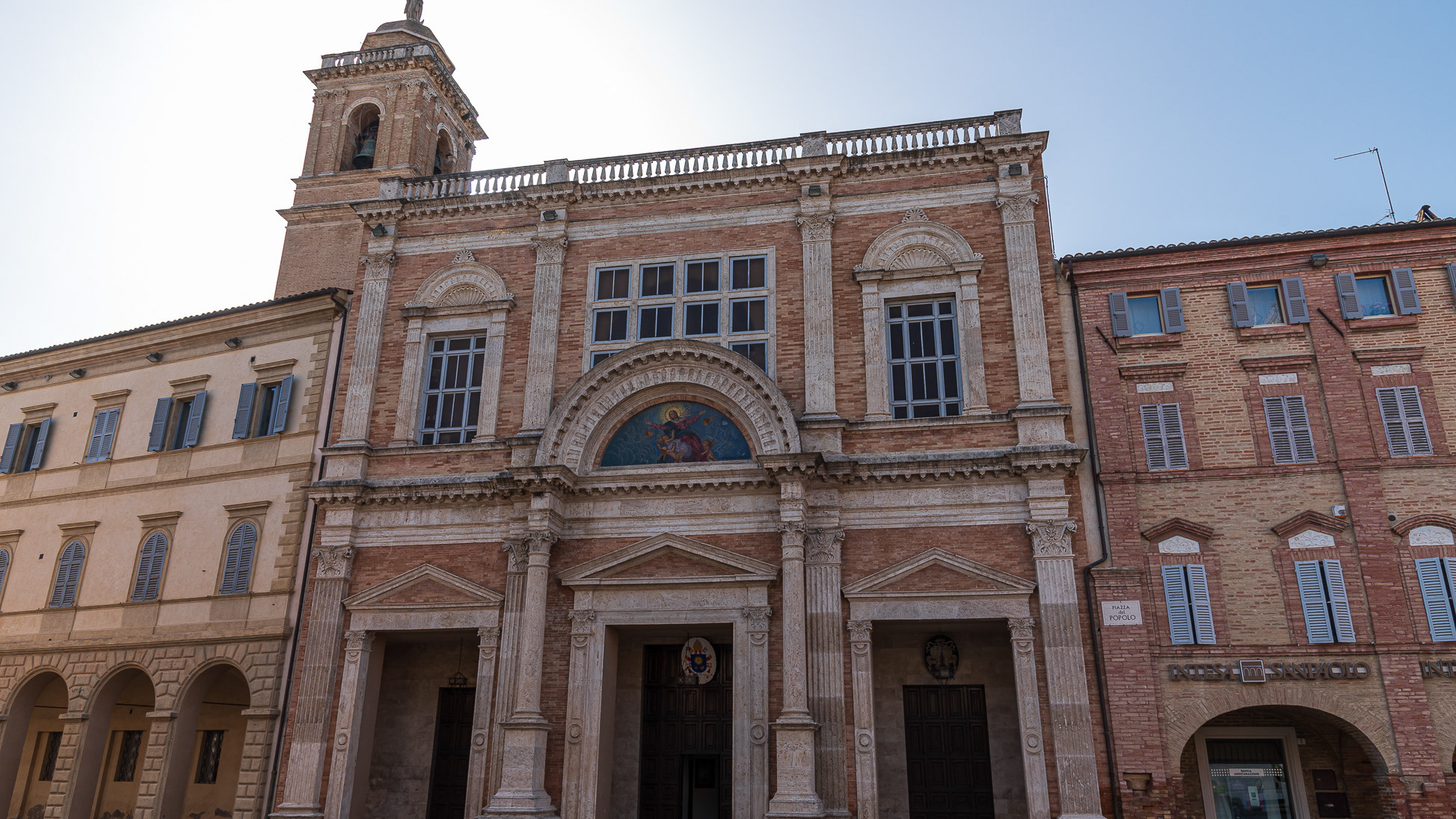
2022
Offida. Collegiate Church of S. Maria Assunta
Collegiate Church. Built between 1785 and 1798 by the Ticino architect Pietro Maggi, who substituted and profoundly changed the design by Ascoli Lazzaro Giosafatti; it has a neoclassical Louis XVI interior and a facade built only at the end of the nineteenth century in an eclectic style of brick and travertine. Inside, among other things, there is a thirteenth-century wooden casket with 26 ivory figurines of northern art, a fourteenth-century processional cross, a fifteenth-century reliquary, a sixteenth-century wooden group, a wooden crucifix by Desiderio Bonfini (1612) , paintings of the fourteenth, fifteenth and sixteenth centuries (Crivellesque school and school of Pietro Alemanno). The choir carved with twisted columns and mirrors in Verona briar with two orders of 14 stalls was built by Alessio Donati for the church of Santa Maria della Rocca but was transferred in 1794 to the Collegiate, together with the relics of San Leonardo di Noblac preserved in a urn placed inside the main altar, also in wood. On 12 November 1994 the body of Blessed Corrado da Offida was placed in the third altar on the left, solemnly moved from Perugia, where it had been kept in the now no longer consecrated Church of San Francesco al Prato. The church, despite the distance, was affected by the strong earthquake that occurred in L'Aquila on 6 April 2009: in fact, on the day of the earthquake some pieces of plaster fell off the bell tower.
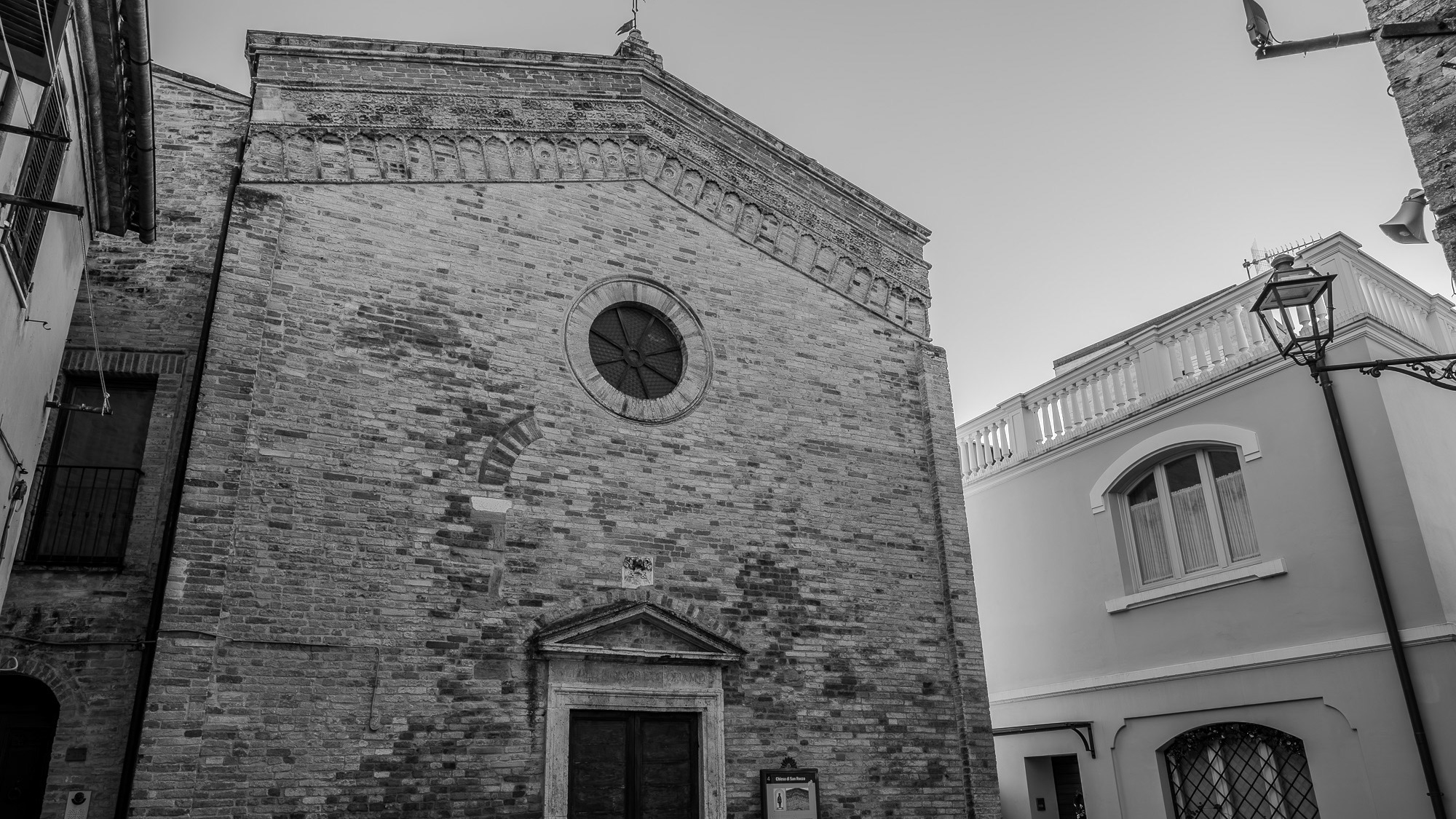
2024
Acquaviva Picena. Church of San Rocco
Church of San Rocco (13th century), Romanesque. It is the oldest church in Acquaviva and today the interior appears nineteenth-century.
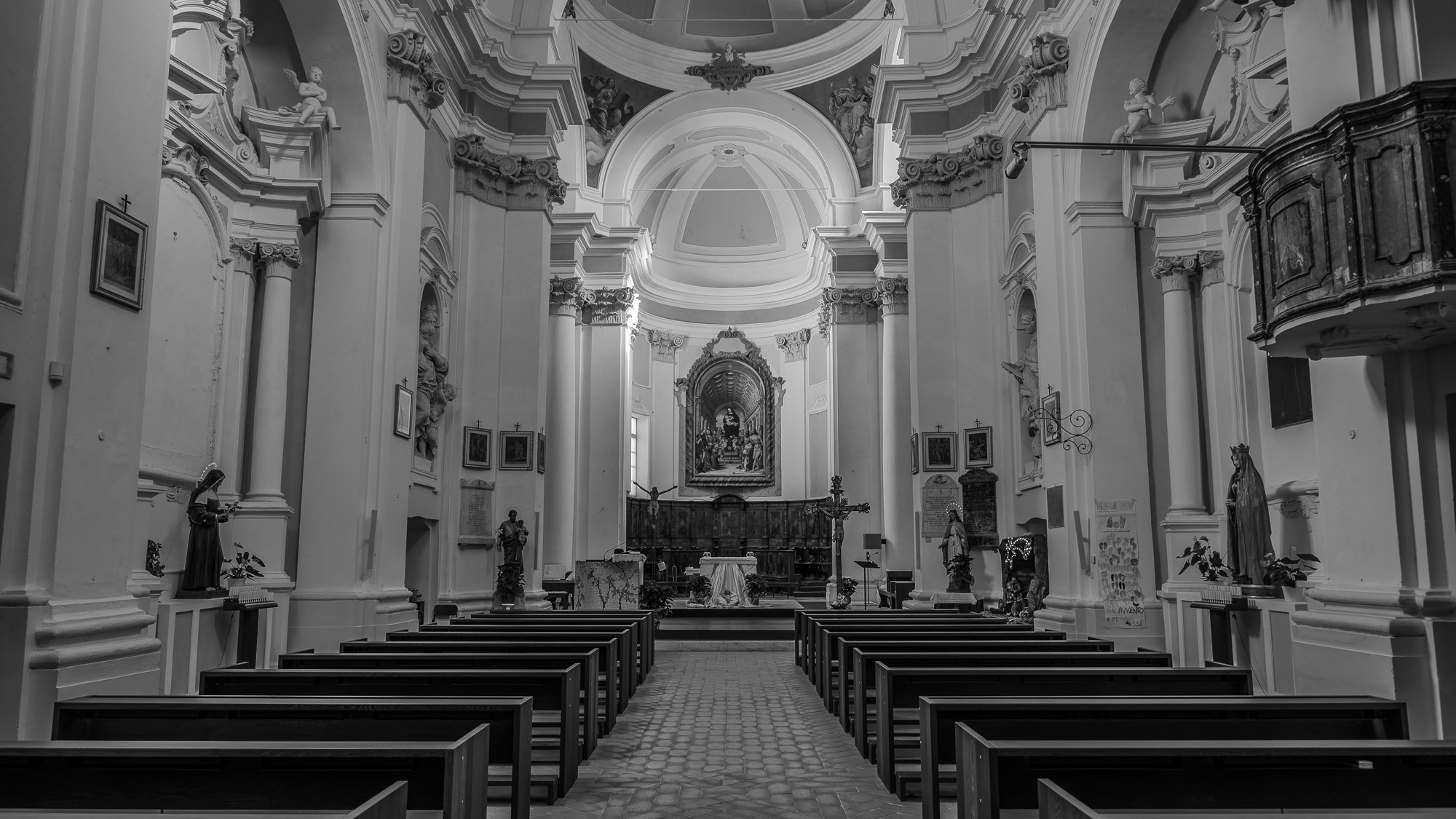
2024
Montelupone. Church of San Francesco
Built in the 13th century, it has a Romanesque style exterior and a late Baroque interior, and also houses many works of art.

2025
Marche. Spectacular summer landscape
2022
Ripatransone, Ascoli Piceno. The Church of S. Rocco
The Church of S. Rocco was built in the first half of the 16th century, with a sandstone portal by M. Giacomo da Varese. Inside, the wooden statue of St. Rocco, by the Ripano sculptor Don Francesco Evangelisti (18th century), and the altar statue of the Sacred Heart of Jesus (around 1875), by Giorgio Paci from Ascoli.
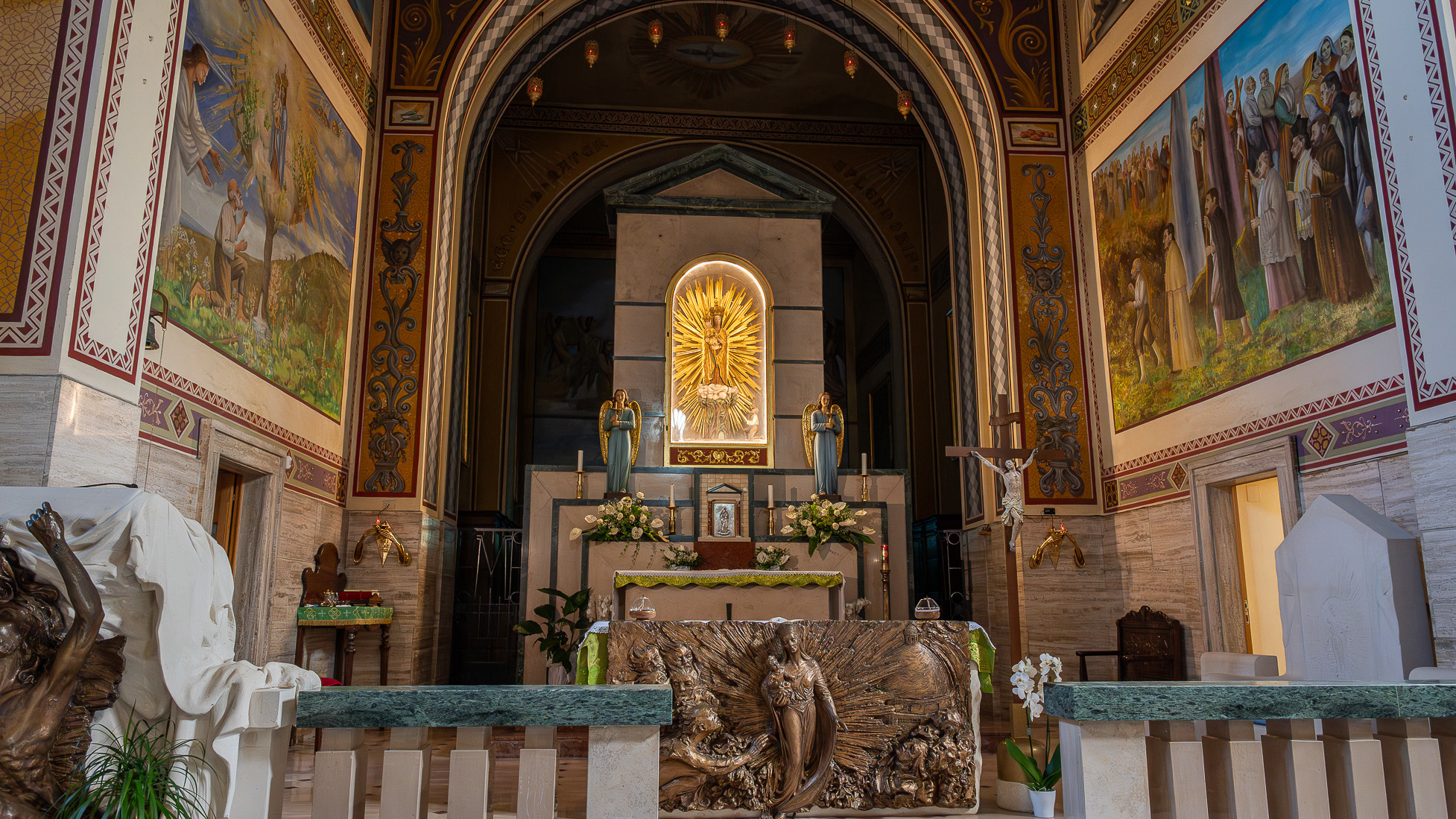
2023
Giulianova. The sanctuary of the M. dello Splendore
The sanctuary of the Madonna dello Splendore is a cult building in Giulianova, with the convent, the miraculous fountain and the Art Museum of Splendor and the "Padre Candido Donatelli" Library
